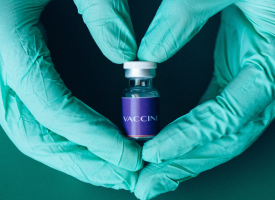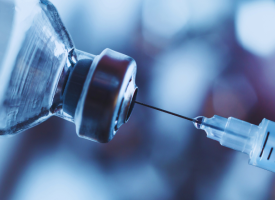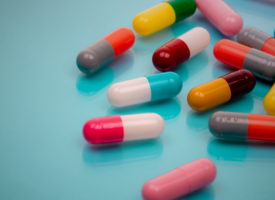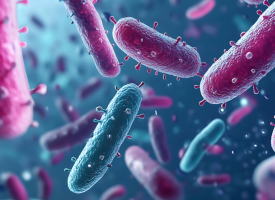Fact sheet regarding COVID-19 testing and initial assessment/care
Fact sheet regarding COVID-19 testing and initial assessment/care
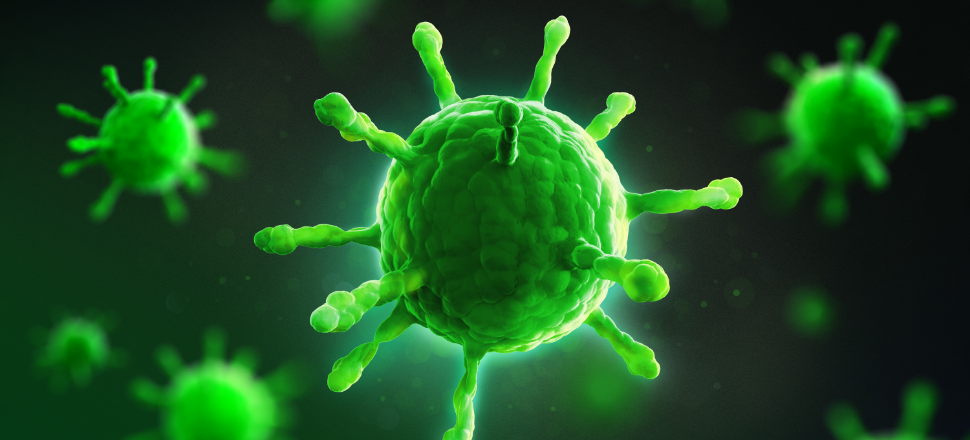
(correct as at 12th March 2020)
General Guidance
If a person who fulfils epidemiological criteria and is in quarantine or under investigation needs medical attention for any reason, they are requested –
- to telephone their doctor or hospital Emergency Department (ED) before presenting;
- if they experience severe symptoms, to call 000 and advise the operator that they are in self-quarantine because of COVID-19 risk. Upon presentation, to a health care setting (general practice or other community care setting, hospital ED or pathology collection centre) -
- Immediately give the patient a standard surgical mask and ensure they put it on correctly.
- Direct them to a single room/to remain outside
- If this is the first contact with a health care provider, contact the local public health unit or State/Territory communicable disease branch for advice if you are uncertain about the need for testing.
- Standard precautions apply - hand hygiene, cough etiquette and respiratory hygiene.
Confirmed case = a patient known to have the virus with a positive test.
Suspect case = a patient who satisfied clinical and epidemiologic criteria;
Clinical criteria – fever OR acute respiratory infection (e.g. shortness of breath or cough) with or without fever.
Epidemiologic criteria – Travel to (including transit through) China, Italy, South Korea, Iran, or other country considered to pose a risk of transmission in the preceding 14 days before onset of illness OR close/casual contact in 14 days before illness onset with a confirmed case of COVID-19.
Quarantine period for suspect cases who remain well = 14 days from contact.
Isolation period for suspect patients or those with proven infection = at least 14 days or until illness has cleared.
Clinical and public health judgement should always apply e.g. whether to test healthcare workers or not. If a person is deemed to require testing they are a suspect case. Go to www.health.gov.au/covid19-travellers for the list of at-risk countries and isolation requirements. PHNs have been given the responsibility of distribution of surgical masks where there is no local supply.
Transmission-based precautions
Contact and droplet precautions should be observed for routine care of patients in quarantine or under investigation or with suspected/confirmed COVID-19 infection. It entails hand hygiene before putting on gown, gloves, eye protection, and standard surgical mask. After the consultation, remove PPE then perform hand hygiene. Any contacted/contaminated surfaces should be wiped with detergent/disinfectant by a person wearing gloves, surgical mask, and eye protection. A negative pressure room is not required, but a single room is (ensuring air does not circulate to other areas). Use of nebulisers should be avoided.
Contact and airborne precautions should be observed when performing aerosol generating procedures (intubation, bronchoscopy, nasopharyngeal aspirate, induced sputum, bilevel ventilation, CPR), and providing care to patients with severe respiratory symptoms. Contact and airborne precautions require hand hygiene before putting on gown, gloves, eye protection and a (fit-checked) P2/N95 respirator. After the consultation/interaction, remove gown and gloves, perform hand hygiene, remove eye protection perform hand hygiene, remove P2/N95 respirator and perform hand hygiene. Do not touch the front of any item of PPE during removal, perform hand hygiene at any point contamination may have occurred.
The room surfaces should be wiped clean with detergent/disinfectant by a person wearing gloves, gown and surgical mask. The room should be left vacant with the door closed for at least 30 minutes after specimen collection (cleaning can be performed during this time by a person wearing PPE).
Care of patients with mild or no symptoms (whether suspect or confirmed case)
For most patients with mild illness, collection of specimens and clinical assessment/care is a low risk undertaking and can be performed using contact and droplet precautions.
A resident of an aged care facility or shared accommodation, who fulfils epidemiological criteria, should be placed in quarantine if asymptomatic (prevent the well from spreading the virus), or isolated if symptoms are present (prevent the sick from spreading the virus). The local public health unit should be consulted for advice about the need for diagnostic testing and medical assessment. If diagnostic testing is recommended the person should be managed as a suspect case. They should be moved into a single room with separate toilet. They should remain in the single room and have meals delivered, until the test result is known.
Care of patients with severe symptoms suggestive of pneumonia (whether suspect or confirmed case)
Patients with symptoms suggestive of pneumonia should be transferred to hospital for management (via the emergency department). Contact and airborne precautions should be used for clinical assessment and collection of specimens. For most patients with mild illness, collection of specimens and clinical assessment is a low risk undertaking and can be performed using contact and droplet precautions.
Collection of throat/nasal swabs and sputum specimens in all patients
- Perform contact and droplet precautions, as above.
- Stand slightly to the side of the patient to avoid exposure to respiratory secretions, should the patient cough or sneeze.
- When collecting a sputum specimen from a patient with a productive cough, ask the patient to stand approximately 2 metres away and turn aside before coughing into the specimen container. Alternatively, ask the patient to go outside or into another room to produce the specimen.
The general public and preventing transmission
Washing hands, personal hygiene and cough/sneeze etiquette remain key to limiting transmission. As with the flu, patients who are unwell are advised to not go to work and avoid contact with others. If self-isolating,
Surgical masks in the general community are not required for well people and are in short supply. Surgical masks are only required for suspect or confirmed cases to prevent transmission to others. Patients required to isolate are required to wear a surgical mask in the following circumstances –
- Leaving home for any reasons when they will be in public areas
- Visiting a medical facility
- If they have symptoms and other people are present in the same room.
Pathology specimen collection
Testing is evolving. Currently there are three standard specimens than can be collected using contact and droplet precautions only – nasopharyngeal swab, oropharyngeal swab and sputum specimen. Lower respiratory tract specimens may have the highest viral load. Blood is also collected for future serology testing.
In hospital, other specimens can be considered, such as bronchoalveolar lavage at bronchoscopy and nasopharyngeal aspirate – both of which are aerosol procedures requiring contact and airborne precautions.
- In the absence of a productive cough, collect upper respiratory (nasopharyngeal and oropharyngeal swabs) and serum samples only.
- If the patient has a productive cough, collect all four specimen types for specialised COVID-19 testing, including sputum.
- If any test is positive, the patient has COVID-19.
- Patients may not be shedding virus from all parts of the respiratory tract at once – hence the combined testing.
- Undertake investigations for alternative causes or respiratory infection, including blood for culture, multiplex PCR for respiratory pathogens, and serum for serology.
Check with your State health departments where testing is being performed. Beyond public laboratories, some private laboratories around the country are doing testing.
